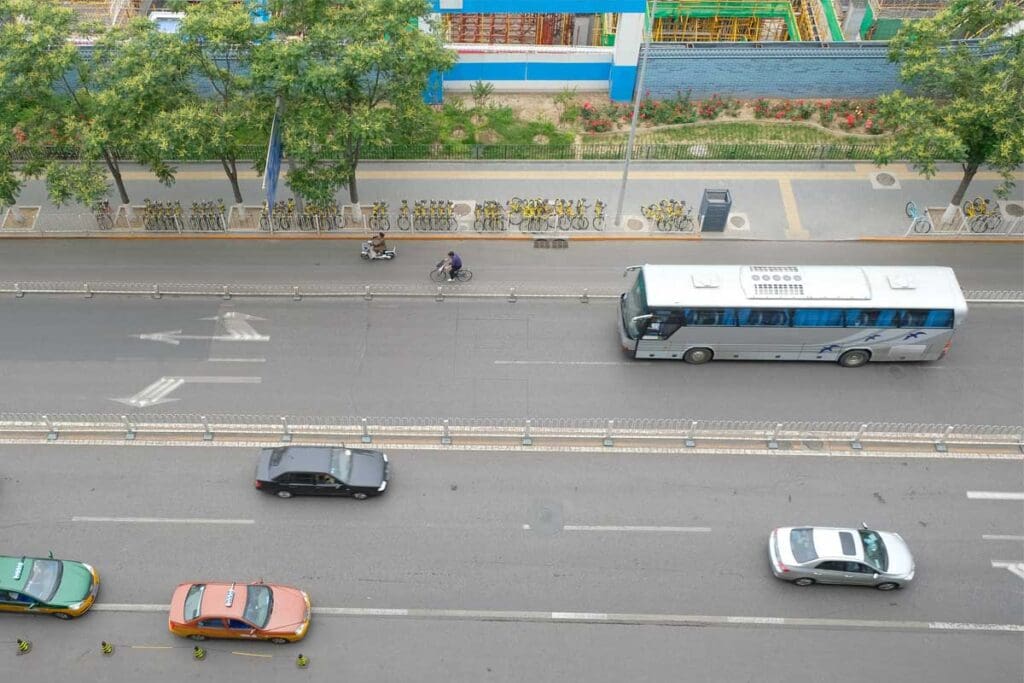Seminar Brings Lessons From China Micromobility Boom

Beijing, China
China’s world-leading push to boost active transport, for a return to the country’s cycling heyday, will come under the spotlight at a free webinar being hosted by several micromobility peak bodies in Australia.
The Asian powerhouse is building tens of thousands of kilometres of cycleways and footpaths annually, complemented by programs to restore the country’s active mobility culture, and the lessons it can provide for Australia will be explored in the webinar, being held on 14th June by advocacy groups Cycling and Walking Australia and New Zealand (CWANZ), Better Streets, We Ride Australia and AIPTM (the membership association for transport professionals).
“We often hear about European and North American approaches to walking and cycling. Much closer to home, however, China is undergoing a massive walking and cycling infrastructure construction boom,” according to Better Street’s president and webinar panel member Sara Stace.
The webinar will include a presentation by World Bank sustainable transport analyst Sam Johnson, who recently undertook a review of China’s investment in active mobility, including its infrastructure, development of a bicycle culture, policy settings and travel demand management.
“Paris – the darling of the sustainable city revolution – plans to add 182km of new permanent protected bike lanes between 2021-2026. Meanwhile, Beijing has already renovated 3,200km of bike lanes between 2016 and 2020 and the city government has a clear mandate to make Beijing a world-class example of sustainable transport,” Sam says.
“What is most interesting is active mobility is in a state of revitalisation – driven by government prioritisation.
“Decades ago, walking and biking dominated mode share almost everywhere. For example, Beijing had a much higher bike mode share than current day Amsterdam in the 1980s.”
He said China has since experienced rapid development of its public transport system and an extremely fast rise in car ownership, accompanying a “meteoric” rise in its citizens’ personal income.
“Active mobility was institutionally marginalised. But at least in Beijing and other top cities, it now enjoys (relative to most other countries) strong – and strengthening – institutional support. The momentum is going the right direction nationwide,” he added.
“As yet, the transport planning community outside China are largely unaware of the progress being made on active mobility in China, and the ambitions for the future.
“I hope this Australian webinar represents a turning point and more awareness comes to the work being achieved by Chinese colleagues.
“While advocacy for active transport is still a fringe group in Australia, in Chinese cities like Beijing it’s normal and the mainstream.”
Sam says that has been at least partially motivated by the daily impacts on Chinese residents by congested traffic and high levels of air pollution, that have begun to ease in recent years because of the progressive switch to active transport.
The panel will be facilitated by AITPM CEO Kirsty Kelly and include We Ride Australia’s director – national advocacy, Stephen Hodge.
Registrations are open for the free webinar, What can we learn from China’s active mobility infrastructure boom?, which will be held from 1pm to 2pm (AEST)
